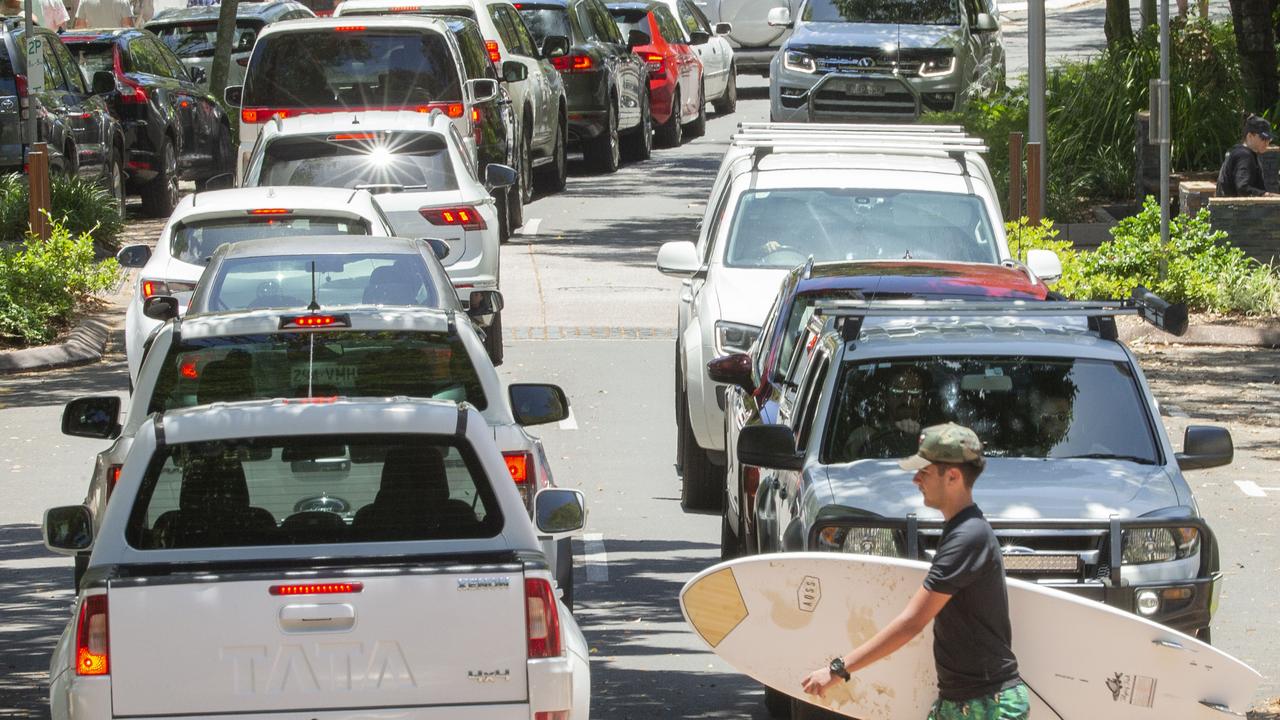While work has begun on a Northern Sunshine Coast Public Transport Strategy (belatedly in response to the woeful lack of infrastructure initiatives in the SEQ Update 2023, perhaps?) it is unlikely that Noosa will attract any transport infrastructure of note.
This is, in part, due to Noosa’s small population (infrastructure funding goes to where the larger population is) and because much of the road network within Noosa is Council’s rather than State or Federal responsibility. Of more than 400 responses received by the Transport & Main Roads Department, respondents argued for better transport connections to the airport and to the railway at Nambour; improved bus linkages; and greater emphasis on active transport solutions.
It is apparent the Strategy will not be a panacea to Noosa’s ongoing transport problems.
Initial feedback from the recent community consultation process on the Noosa Destination Management Plan indicated that the community wants decisive (transformational) action on transport issues. Feedback confirmed that respondents felt strongly that traffic and parking issues have detrimentally affected access, satisfaction, and liveability in the Shire.
Increased vehicular traffic and associated congestion because of population pressures both within the Noosa LGA and from outside the Shire, remain a major concern for Noosa residents. There is little in the SEQ Update 2023 that commits to improved infrastructure at the northern end of the Sunshine Coast to meet the transport needs of an additional 10,000 people over the next two to three years. Without an appropriate transport strategy, any mandated population and dwelling targets will only undermine the community’s efforts to address transport and related pressures (congestion, emissions reduction).
Given the directives contained in the SEQ Update, any increased population and dwelling targets will be met by so-called “gentle” development. A transport system for the Noosa Shire needs to be responsive and adaptable to changing dwelling patterns and increased density. Noosa would be best served by a dedicated fleet of small, electric buses servicing which would be more “fit for purpose” than any large costly infrastructure alternatives. Such a system would provide more flexibility and routes could be changed to service emerging dwelling patterns. In lieu of any planned infrastructure, State Government funding should be provided to Noosa Council to operate an internal, dedicated electric bus system.
This solution has been proffered by individuals and community organisations on numerous occasions and should be the centrepiece of any transport strategy for Noosa.
The stumbling block appears to be the Transport Operations (Passenger Transport) Act 1994 and regulations which prohibit local councils from providing alternate bus services to those provided by TransLink. Over the last four years Council reports have consistently reported of “ongoing collaboration and negotiations” with TransLink with respect to the development of an electric bus proposal but with little of substance to report.
Perhaps it’s time for Noosa to “de-amalgamate” from TransLink and for the incoming Council to bite the bullet and lobby for changes to the legislation that would allow Noosa to pursue the development and management of its own local bus service.
Noosa Council’s Transport Strategy 2017-2027 needs a serious makeover if it is to address the Shire’s chronic transport, traffic, and congestion problems.
Despite the requirement that the Transport Strategy be reviewed at least annually this does not appear to have happened. Regular reviews, as mandated, might have resulted in more positive solutions and outcomes.
Council regularly advises (through its Operational Planning reports amongst others) that work is ongoing on public transport initiatives and ongoing negotiations with TransLink without providing any detail on progress. A draft MOU between TransLink and Noosa Council was due to be provided by the end of 2020, but it is difficult to discover if this was ever entered into and, if so, with what objective?
While the principles espoused in Noosa’s Transport Strategy 2017-2027 are commendable, the plan lacks radical initiatives to address Noosa’s growing transport and traffic problems. Radical (transformative) solutions that the community is demanding.
So where do we go from here?
For community expectations to be met there must be a recognition from the incoming Council that addressing Noosa’s transport problem is a priority. This includes a long overdue review of Noosa’s Transport Strategy 2017-2027.
What is required is a holistic transport strategy that complements the objectives of our environment, climate change response, and destination management plans with meaningful reporting on progress rather than repeated assertions that program implementation is “ongoing.”


This Post Has 2 Comments
How well I remember the dear little blue ‘Sunbuses’ that used to negotiate Noosa’s narrow roads … far more appropriate than the enormous Translink vehicles we see stuck in traffic around town now.
But they were probably diesel.
I also remember visiting Cambridge over forty years ago. Back then, if your car wasn’t registered to an address in Cambridge, you couldn’t drive in. Parking was provided beyond the city limits, and buses shuttled visitors back and forth. It made so much sense!
I live outside the Noosa LGA (just) so if this idea was applied to Noosa it would affect me too.
Where is the Federal member in all this? Oh yeah…. He’s 150 Km away in Maryborough